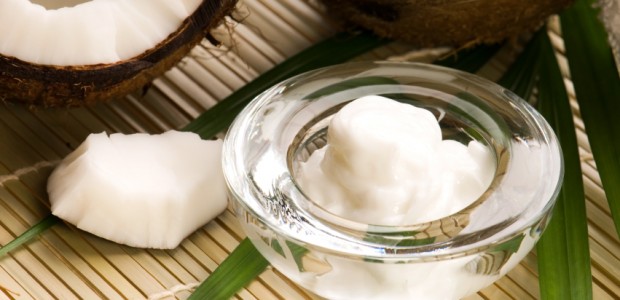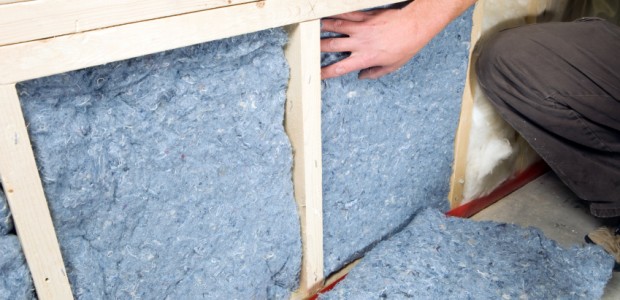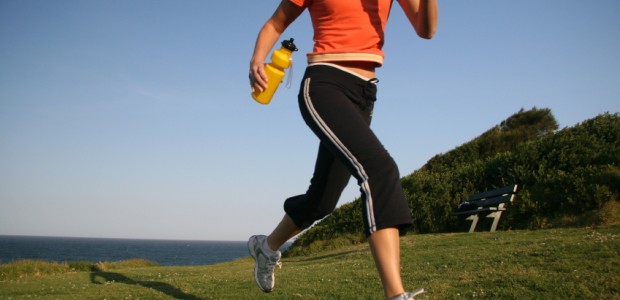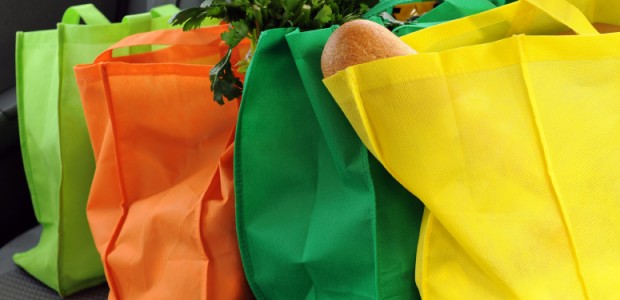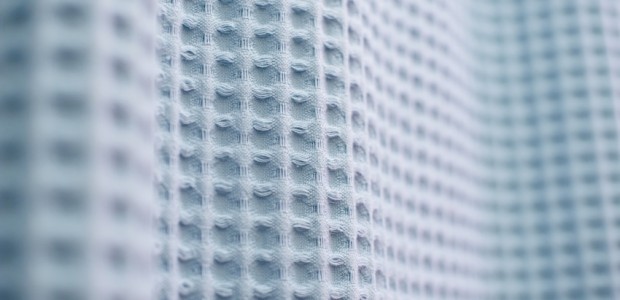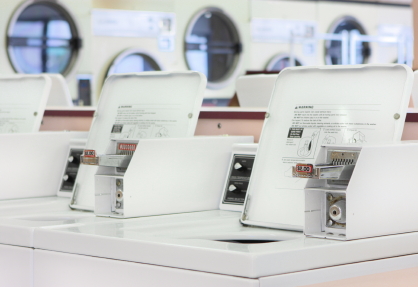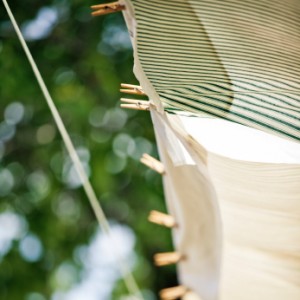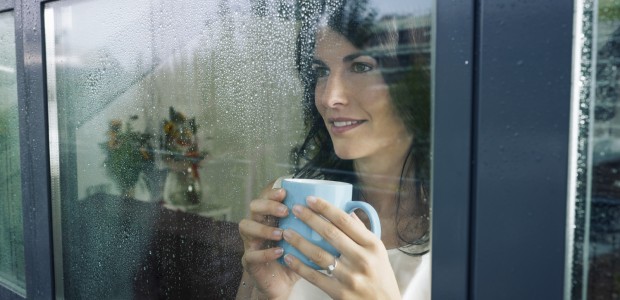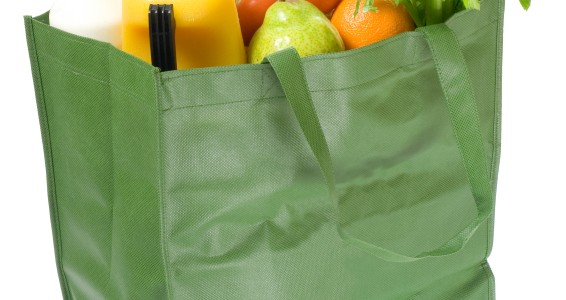Coconut oil has become one of the most favored organic and eco-friendly products on the market due to its rewarding qualities. I noticed the increase in popularity of coconut oil over the last few months and asked myself, “What is so special about this stuff other than cooking?” I normally use coconut oil as a substitute for olive or vegetable oil in cooking because it contains healthier saturated fat. So I did some research and learned that coconut oil can be used for more purposes other than a cooking aid. It can be used for hair, skin, health, and household duties. Who knew that coconut oil could cover such a broad spectrum of functions?
Coconut oil has the same consistency as lard and Crisco; therefore it is seen primarily as a cooking aid. However, because of its consistency and natural qualities, it can be used to help with other functions such as body and household care. Here are four of many ways to use coconut oil for personal hygiene.
Coconut Oil Moisturizer – Extra virgin coconut oil would be the best for this. You can find this at an organic food store or in the health and body aisle of a grocery store. Just simply take some from the jar and apply to skin and use as much as needed. Simple!
Coconut Oil Deep Treatment Hair Conditioner – This is an overnight treatment, so a shower cap will be needed. Apply a teaspoon of oil to the ends of your hair and run your fingers through. For deep treatment, apply a teaspoon of oil to your scalp and massage it through to the ends of your hair.
Coconut Oil Ointment – This can be used for scrapes, bruises, or any other form of “boo-boo” that comes your way. Apply a thin layer to the scrape or bruise. This coating protects the area from dust, bacteria, etc. It also gives a more pleasant odor than the medicinal brand. Place a bandage over the affected area.
Make-Up Remover – Put some oil on a cotton ball or pad and wipe away the make-up. It’s like Vaseline but without the harsh smell. It’s impressive how well this works!
Here are some interesting ways to utilize coconut oil for household purposes:
Coconut Oil “Goo Gone” – Mix equal portions of coconut oil and baking soda, then apply the mixture on the sticky residue area. Wait for about five minutes before scrubbing the “goo gone” with a washcloth or scrub sponge.
Coconut Oil Furniture Polish – Mix oil with a bit of lemon juice for furniture polish. Work the polish on a small portion of the furniture to test the consistency and strength you desire.
Coconut Oil Bronze Polish – Simply put some oil on a wash cloth and rub it over the bronze surface for a lustrous shine! This will clean and deepen the color of the bronze. This also works on stainless steel.
Coconut Oil Bug Repellent – Mix with some peppermint extract and rub into the skin. No more chemicals and has a pleasant smell!
